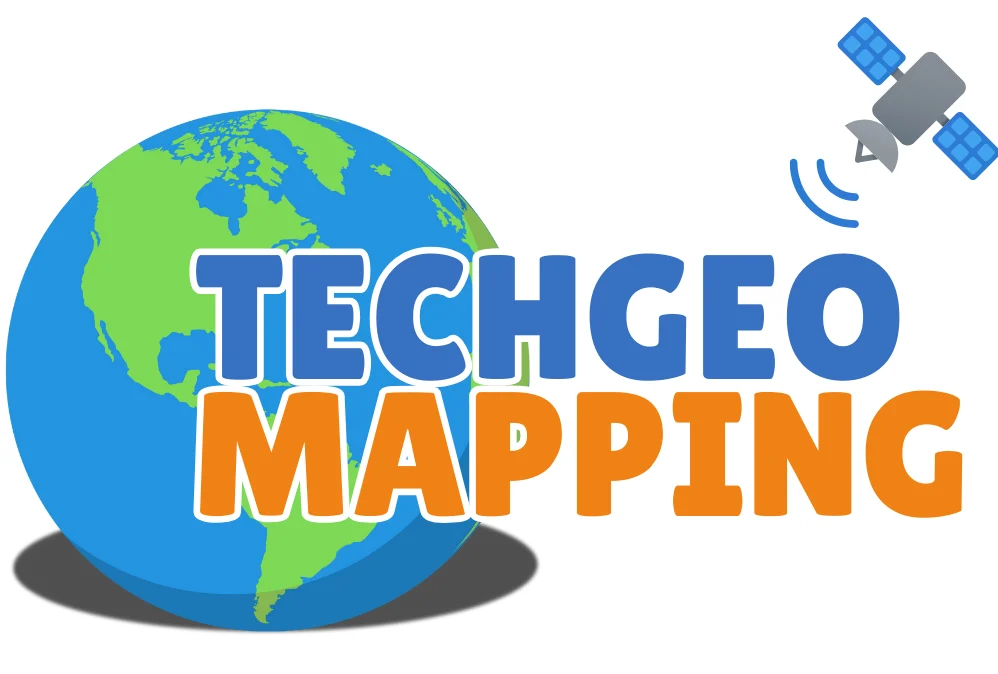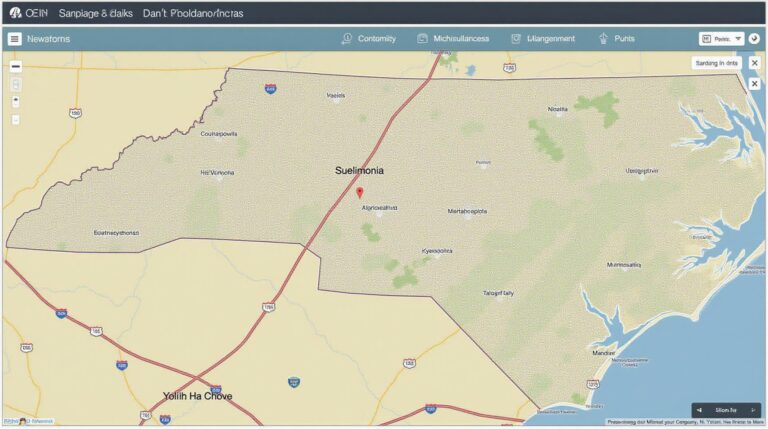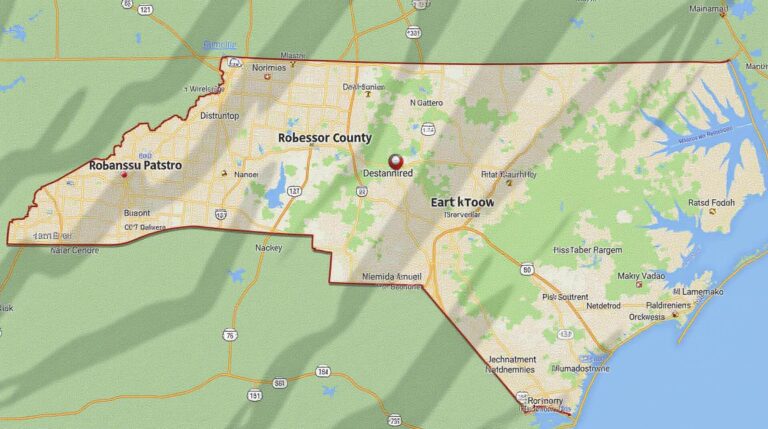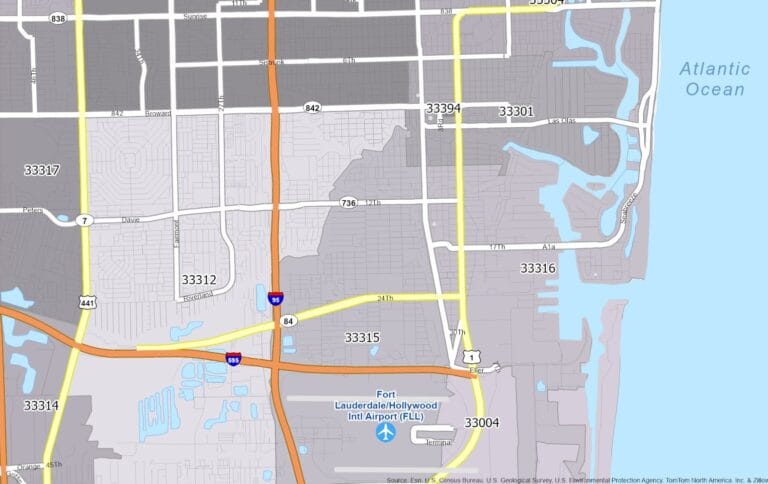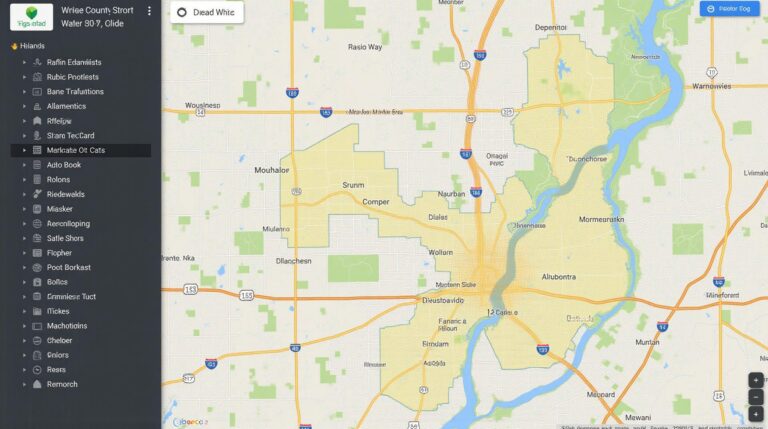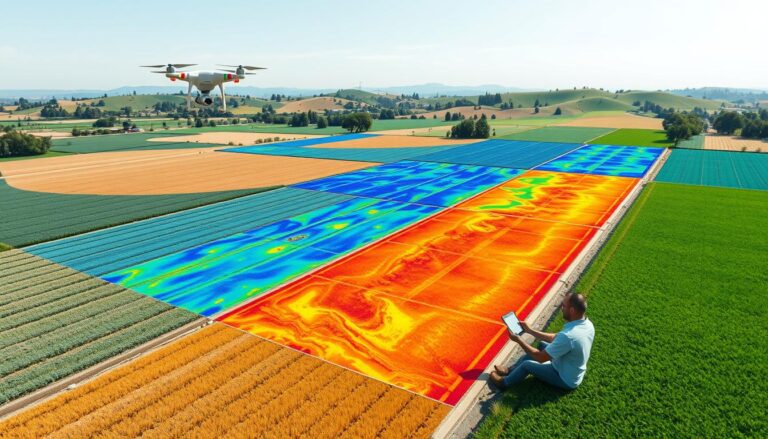AI for Enhancing Geospatial Forecasting Models – Weather Prediction
AI for Enhancing Geospatial Forecasting Models: Weather Prediction Revolution
Welcome to the exciting intersection of Geographic Information Systems (GIS), Artificial Intelligence (AI), and real-time data! This blog post delves into the highly impactful realm of GeoAI—specifically how AI techniques are being harnessed to predict weather patterns with increasing accuracy and dynamic insights.
What is GeoAI?
GeoAI, also known as Geospatial AI, extends the capabilities of AI by incorporating spatial data into its algorithms. This means AI can now not only understand patterns in data, but also understand how those patterns relate to geographical locations.
Unlike traditional AI models that rely solely on numerical data, GeoAI models leverage geospatial data like:
- longitude and latitude coordinates
- elevation data
- imagery resolution and cloud cover
- topographic features
- population density
- temporal ground truth information
Key Benefits of Applying GeoAI for Weather Prediction
Integrating AI into weather forecasting yields a slew of advantages that enhance model performance, accuracy, and accessibility:
- **Improved Predictive Accuracy:** AI models can identify complex, non-linear atmospheric relationships that might be overlooked by traditional forecasting methods.
- **Enhanced Visualization and Analysis:** GeoAI tools allow for sophisticated visualizations of weather patterns, generating better understanding of regional and national weather events.
- **Better Disaster Risk Management:** AI-based forecasting helps to predict and respond to climate change, severe weather events, and potential natural disasters more effectively.
- **Optimized Resource Management:** AI can analyze weather data to make informed decisions about energy consumption, water resources, and agricultural management.
- **Personalized Weather Alerts:** Advanced AI can pinpoint severe weather risks and deliver more accurate, location-specific alerts.
Examples of GeoAI in Action – Predicting the Future Storms
Let’s explore how AI is already transforming the weather prediction landscape:
- **Predictive Modeling:** AI models analyze weather data from satellites, radar, and ground stations to generate forecasts several days in advance, predicting when, where, and with how much force storms will hit specific areas.
- **Automated Data Assimilation:** AI systems rapidly processes vast amounts of real-time meteorologic data and updates the forecasts based on live observations, making models more precise.
- **Extreme Event Forecasting:** AI can analyze historical data and identify correlations with past weather events to predict more extreme scenarios like heatwaves, droughts, or floods with higher accuracy.
Embrace the Opportunities and Resources
The use of GeoAI for weather prediction is clearly an evolving field, but it’s rapidly gaining traction. Here’s how you can get involved:
· **Explore Specialized AI Platforms:** Companies like IBM, Microsoft, and Google offer cloud-based AI platforms specifically designed for geospatial analysis.
· **Data Access and Visualization Tools:** Many organizations offer publicly accessible weather datasets and specialized software to visualize and analyze your own and public geospatial data.
Adding the power of GeoAI and AI to your existing forecasting models will significantly enhance their ability to predict weather patterns with increased accuracy and relevance to your daily experience. With the rapid advancement of technology, staying informed about the latest advancements in GeoAI and AI will be crucial for anyone interested in the future of accurate weather prediction.
## AI-Enhancing Geospatial Forecasting Models: FAQs
This FAQ section provides comprehensive information about AI-enhanced geospatial forecasting models and their functionalities.
### 1. Where Can I Access AI-Enhanced Geospatial Forecasting Models?
**Availability:**
– There are various platforms accessible for accessing and leveraging AI-enhanced geospatial forecasting models. These include
– **Open-source platforms:** Numerous open-source libraries and tools provide the foundation needed to build and utilize such models ([https://github.com/user/library-name](https://github.com/user/library-name)). These platforms are excellent for customization and experimentation.
– **Cloud-based platforms:** Providers like Google Cloud Platform (GCP) and Amazon Web Services (AWS) offer pre-trained models, ready-to-use functionalities, and integrations, easing setup and deployment. ([https://cloud.google.com](https://cloud.geoplatform.google.com), [https://aws.amazon.com](https://aws.amazon.com))
– **Specialized Software:** Various geospatial data and analytics software solutions offer AI-enabled forecasting options ([https://www.example-software.com](https://www.example-software.com)).
### 2. What Formats Are Used to Access and Utilize These Models?
**Formats:**
– **CSV:** Commonly used for storing spatially referenced data and facilitates direct integration with many forecasting software.
– **GeoJSON:** Highly beneficial for representing geospatial features and performing smoother spatial operations for prediction tasks.
– **Remote Sensing Data:** Provides key inputs for AI models, often in the form of satellite imagery, aerial photography, and sensor data. These formats dictate the type of imagery used for different applications, impacting forecast accuracy.
### 3. How are AI-Enhanced Geospatial Forecasting Models Different from Traditional Methods?
Traditional forecasting methods often struggle to handle complex spatial relationships and contextual factors. AI-enhanced models leverage advanced algorithms that:
– **Automate Complex Data Analysis:** These models automatically process large datasets, identify patterns, and identify potential predictors in complex geospatial terrain.
– **Capture Spatial Relationships:** AI models capture complex spatial relationships and dependencies between geospatial features better than simple statistical models. They can provide more accurate predictions than traditional methods, especially in areas where real-world events involve geographical risks (e.g., flood prediction, wildfire prediction) or where geographically disparate data needs to be integrated.
– **Evolve Over Time:** These models continuously improve by learning from new data points and new patterns, resulting in a more reliable forecast in the long run.
### 4. How Can I Use AI-Enhanced Geospatial Forecasting Models?
**Usage:**
– **Environmental Monitoring:** Predicting traffic intensity, air pollution, or potential natural hazards like wildfires.
– **Disaster Risk Management:** Forecasting floods, landslides, and storms, aiding in emergency response planning and evacuations.
– **Urban Planning and Development:** Modeling urban population changes, infrastructure utilization, and optimizing resource allocation.
– **Agriculture and Resource Management:** Enhancing crop yield predictions and optimizing irrigation schedules based on precise weather patterns and soil-related factors.
### 5. What Are the Benefits of Using AI-Enhanced Geospatial Forecasting Models?
**Benefits:**
– **Improved Accuracy:** Experience more accurate predictions due to their ability to capture complex spatial dependencies and environmental relationships.
– **Enhanced Insights:** Gain deeper insights into geographic trends and patterns driving previous events to give a more accurate indication of future events.
– **Better Decision Making:** Provide actionable information for informed decision-making regarding resources, planning and resource allocation, and disaster response.
### Conclusion
Artificial Intelligence offers groundbreaking possibilities for enhancing geospatial forecasting. AI models can significantly improve prediction accuracy by utilizing complex spatial relationships and dynamic data patterns. This technology is revolutionizing the way we understand and navigate the world around us, enabling better informed decisions, resource optimization, and proactive crisis mitigation. Harnessing the power of AI-enhanced geospatial forecasting models can significantly impact a wide range of fields, from environmental protection to urban development.
**Please remember that using these models effectively depends on careful data preparation, model selection, and thoughtful interpretation.**
